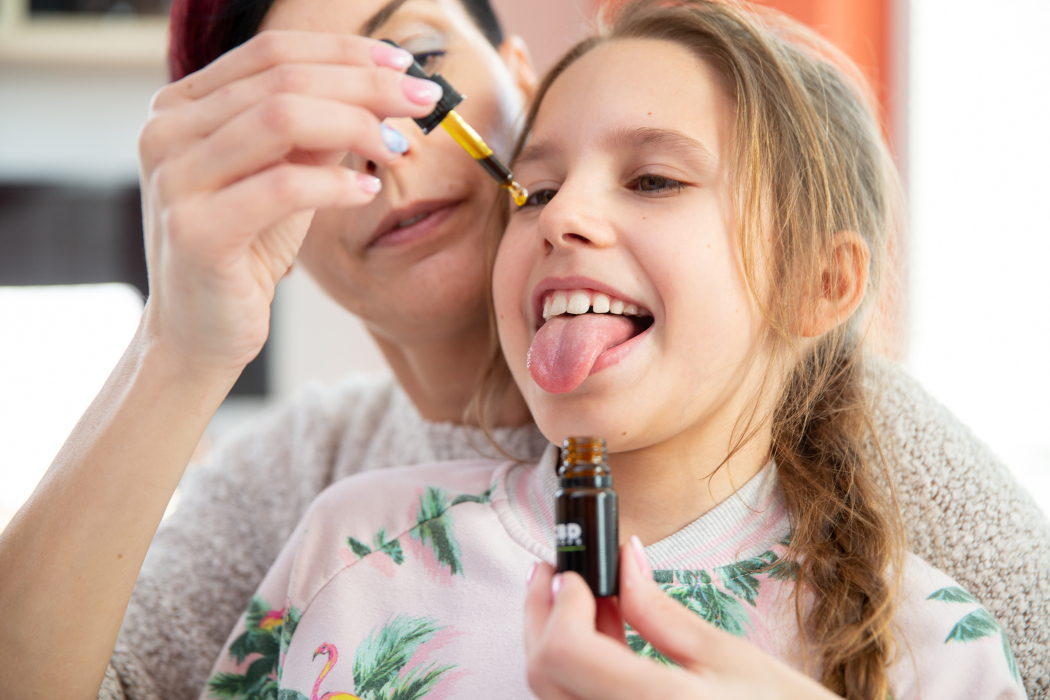
Are cannabis products safe and effective for reducing symptoms in children with cancer?
Analysis finds insufficient data from published studies
A recent analysis led by University of Manitoba researchers of all relevant published studies reveals a lack of evidence to determine the dosing, safety and efficacy of medical marijuana or cannabis-containing products for managing symptoms experienced by children with cancer. The analysis is published by Wiley online in CANCER, a peer-reviewed journal of the American Cancer Society.
Although treatments for childhood cancer have improved significantly, even leading to cures for many patients, many children still suffer from symptoms such as pain, anxiety and weight loss related to cancer and its treatment.
Over the last decade, cannabis products—both synthetic cannabinoids and natural phytocannabinoids—have gained popularity with patients and families for managing such symptoms, but pediatric oncologists are cautious to authorize cannabis for their patients given the limited data to inform dosing, product selection or safety monitoring. The urgency for answers is highlighted by recent research reporting that cannabis use by up to 24 per cent of patients at a pediatric cancer clinic and 92 per cent of pediatric oncologists and palliative care providers in Canada reported managing patients using cannabis products in the past six months.

Dr. Lauren Kelly
To provide insights for clinicians and parents, and to inform an upcoming clinical trial, a team led by Dr. Lauren Kelly, associate professor of pharmacology & therapeutics in the Rady Faculty of Health Sciences at the University of Manitoba, searched the medical literature to summarize existing knowledge about the potential benefits and harms of cannabis products in children with cancer. This literature review and clinical trial are a part of a team grant funded by the Canadian Cancer Society and Canadian Institutes of Health Research through a Cannabis Team Grant.
The investigators identified 19 unique studies with a total of 1,927 participants with cancer: eight retrospective chart reviews, seven randomized controlled trials, two open‐label studies and two case reports. The products studied included medical-grade cannabinoids (such as the prescription drug nabilone), synthetic cannabinoids, and unspecified cannabis herbal extracts most commonly used to manage chemotherapy‐induced nausea and vomiting.
In the randomized controlled trials, patients who used cannabinoids were more likely to experience drowsiness, feeling high, dizziness and dry mouth. Also, trial participants who received cannabinoids were almost four times more likely to drop from the study due to adverse events, compared with the control group who received placebo. Across all included studies, no serious cannabis‐related adverse events were reported.
Kelly and her colleagues noted that most studies did not adequately describe the types, dosing, frequencies and routes of administration of cannabis products, and outcomes were mixed and were reported in different ways. Therefore, researchers should develop standards for reporting cannabis exposures, cannabis‐related effects and patient outcomes.
“It was difficult to measure benefit across studies, given a range of different outcomes and study designs; however, in interventional studies with active control groups, cannabinoids performed better in managing nausea and vomiting. Data are lacking on cannabinoids’ effects on pain, mood, sleep and health-related quality of life,” said Kelly.
“Given that some children report benefits and some children experience adverse events, it is critical that more rigorous studies evaluating the effects of cannabinoids on children with cancer are conducted and shared with parents, patients and the health-care community.”
This literature review informed the design of CANnabinoids in Pediatric ONCology that will begin recruiting 60 patients into a three-arm tolerability trial later this winter.






